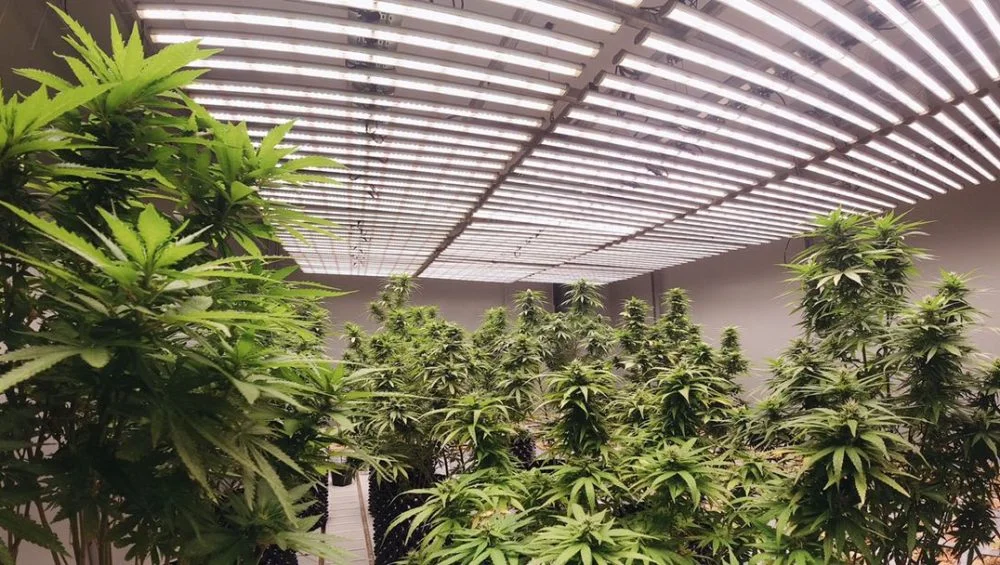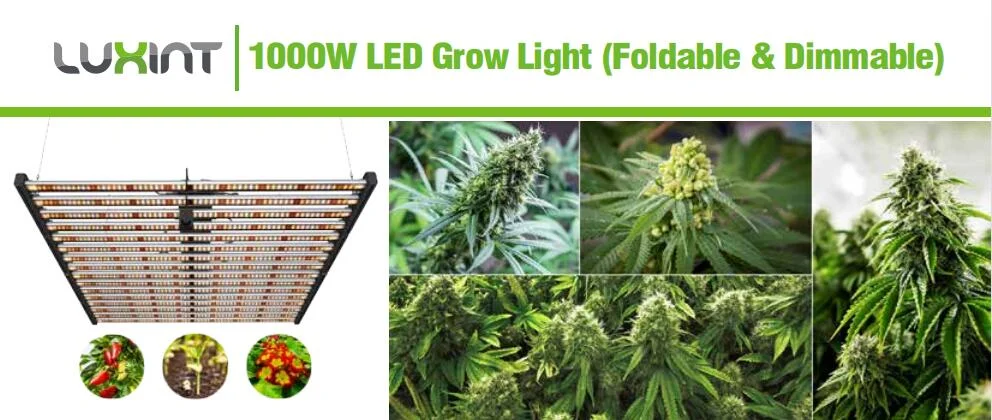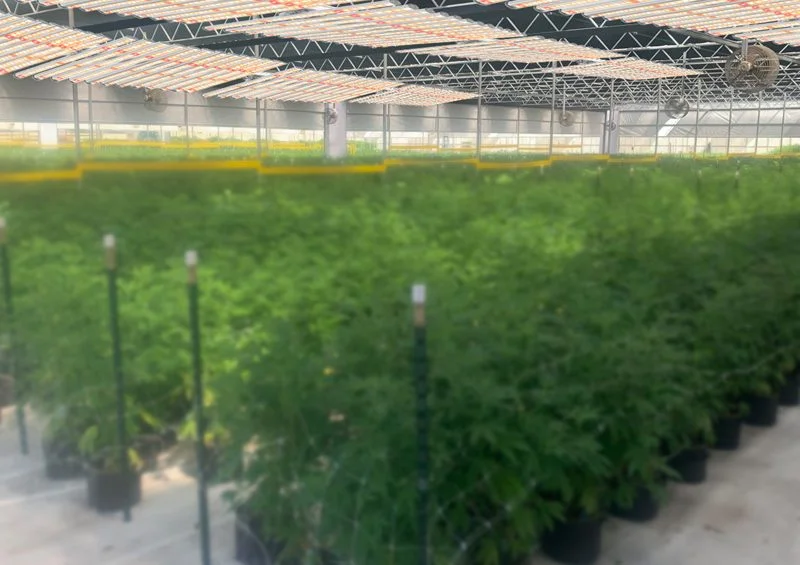Top 6 Applications of grow lights for Your Indoor Hydroponic Garden

Are you trying to figure out how to cultivate your plants inside? Is there no natural light in your gloomy apartment? Or maybe you reside in a region with protracted, gloomy winters.
If so, you may want to think about employing grow lights. Read Grow Light vs. Sunlight: Which is Better Option for Your Garden if you’re unsure whether a grow light will meet your needs better than natural sun light.
Grow lights are a great way to get the most out of your plants and have many advantages for indoor hydroponic gardens. A wonderful approach to guarantee that your plants get the light they need to flourish is using grow lights.
This blog article will go over six incredible advantages of grow lights for hydroponic indoor crops.

1. Consume less energy than standard lighting
You may be able to reduce your electricity costs by using grow lights. Grow lights can help you save money on your power bill since they consume around 17% less energy than other forms of lighting.
2. Plant cultivation in any climate
Plants may be grown inside under grow lights year-round. Regardless of the weather outside, you can grow plants inside all year long using grow lights.
3. Modulate the level of light
Your plants’ exposure to light and darkness is something you can regulate. This is crucial because plants need a certain level of darkness to develop. Grow lights allow you to choose how much light and darkness your plants get.
4. Quick Growth
You may grow plants more quickly using grow lights. Compared to plants grown in natural light, plants grown under grow lights grow more quickly. This is so that plants may develop with the ideal quantity of light, which grow lights give.
5. Increased plant size
You may also develop larger plants with the aid of grow lights. Larger plants than those produced in natural light are typically those that are cultivated under grow lights. This is so that plants may develop with the ideal quantity of light, which grow lights give.
6. Grow more flowers.
You may grow more flowers by using grow lights. Flowers benefit from being grown under grow lights since they need more light than other plants do. Additionally, when flowers are cut, grow lights might help them last longer.

Advantages of Various Grow Lights for Indoor Plants
A grow light is crucial if you’re growing plants indoors. However, choosing the best grow light for your requirements might be difficult given the wide variety of grow lights available. Knowing the many kinds of grow lights and their advantages will help you make an educated choice for your indoor garden.
– LED grow lights provide minimal heat, low power consumption, and a long lifetime.
Due to their low heat output and high energy efficiency, LED grow lights are popular among indoor gardeners. Additionally, compared to other kinds of grow lights, LED grow lights have a long lifetime, so you won’t need to replace them as often.
LED grow lights only use one-third of the power needed to light fluorescent bulbs, according to study.
Specially created LED grow lights increase crop output by two to three times more than sunshine.
– Highly effective and potent HID (high-intensity discharge) grow lights
High-intensity discharge (HID) grow lights are yet another well-liked choice for growers indoors. Photosynthesis is more effectively aided by HID lighting. They do, however, produce a lot of heat, so you must make sure your grow area is well ventilated.
– Grow lights made of CFLs (compact fluorescent bulbs) are affordable and simple to operate.
For those on a tight budget, CFL (compact fluorescent) grow lights are a suitable choice. CFLs are simpler to operate since they use less energy and produce less heat. They're not suitable for all plants, however, since they're not as strong as HID lights.
– Plasma grow lights: powerful light with a high capacity for photosynthetic activity.
The newest form of grow light on the market is plasma. Intense light emitted by plasma lights is particularly effective for photosynthesis. However, they may be hard to locate and are often expensive.
– Halogen light: less expensive and more potent
An example of an incandescent light is a halogen lamp.
They are more powerful than CFLs but less energy-efficient than LED or CFL lights. Halogen lights are an excellent choice for individuals on a tight budget since they are also very affordable. However, this light may not be appropriate for all hydroponic plants depending on their demands.
– HPS (High-Pressure Sodium) lighting: less heat-emitting and more energy-efficient.
HID lights include high-pressure sodium (HPS) lamps. Compared to conventional HID lights, they use less energy and produce less heat. HPS lights are perfect for plants that need a lot of light since they also have a better photosynthetic efficiency.
If you require a lot of light for your plants, HPS grow lights are more costly than conventional grow lights but are worth the investment. HPS grow lights are a safer alternative for indoor gardeners since they are also less likely to overheat your plants.
– Metal Halide (MH) lighting is cost-effective and produces less heat.
HID lights include metal halide (MH) lamps. Compared to conventional HID lights, they use less energy and produce less heat. MH lights are perfect for plants that need a lot of light since they also have a better photosynthetic efficiency.
If you require a lot of light for your plants, MH grow lights are more costly than other grow lights but are worth the expense. MH grow lights are a safer alternative for indoor gardeners since they are also less prone to overheat your plants.
So there you have it—a quick summary of the many grow lamp varieties in use today. Each form of light has advantages and disadvantages.



